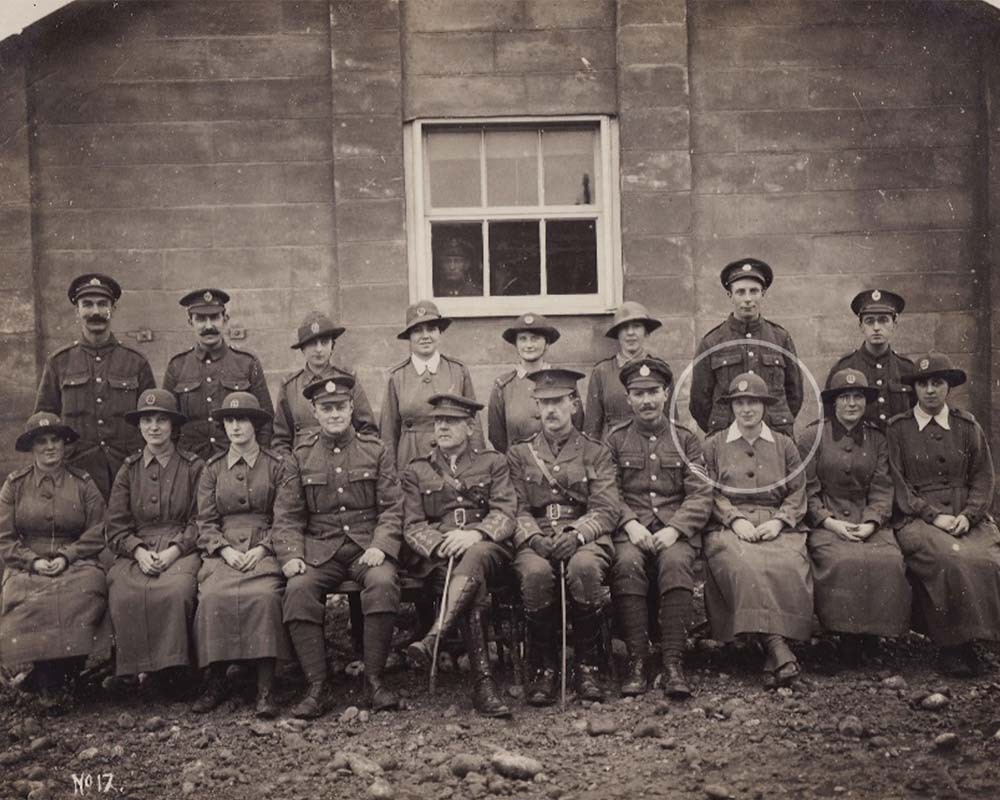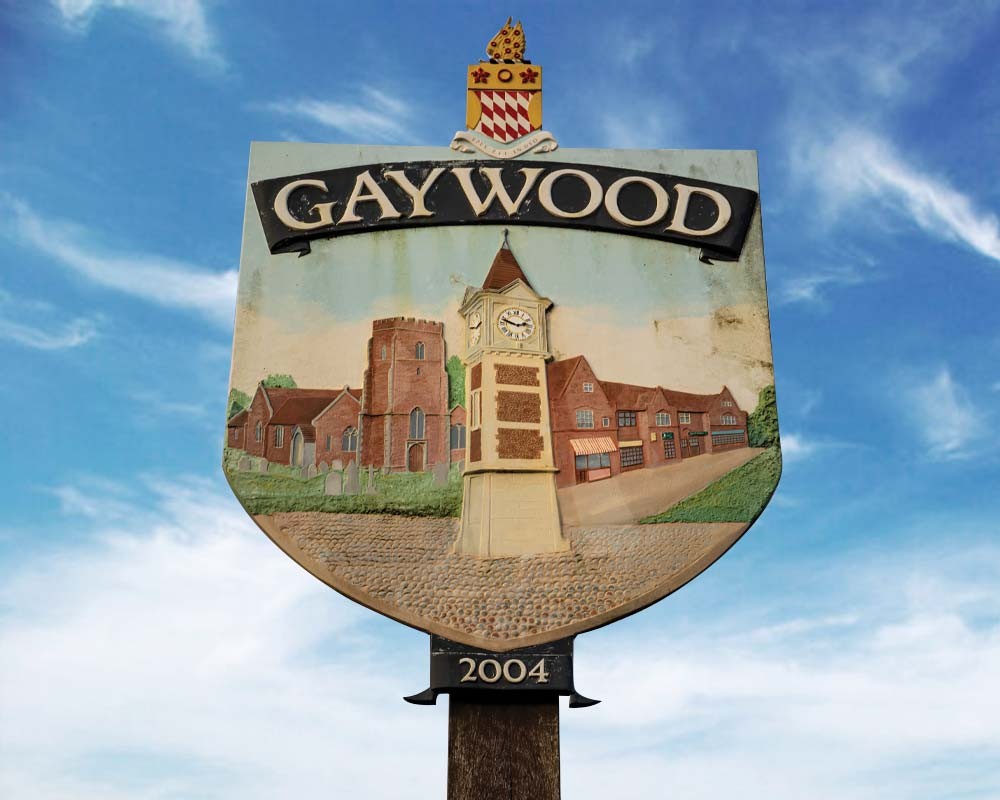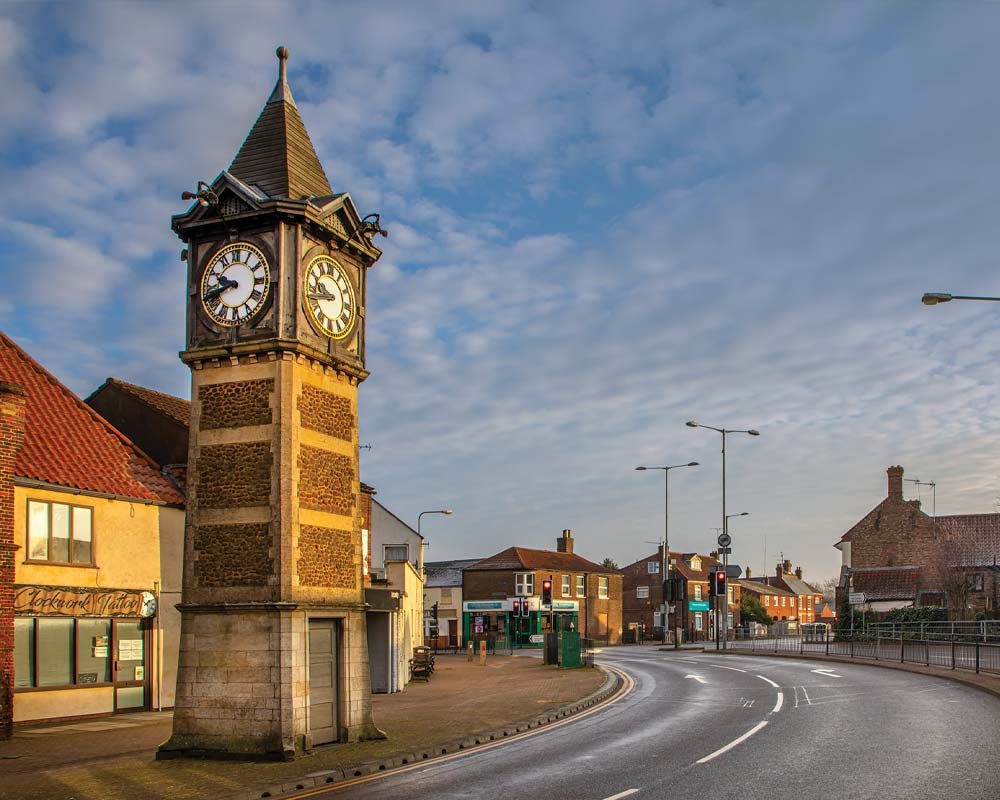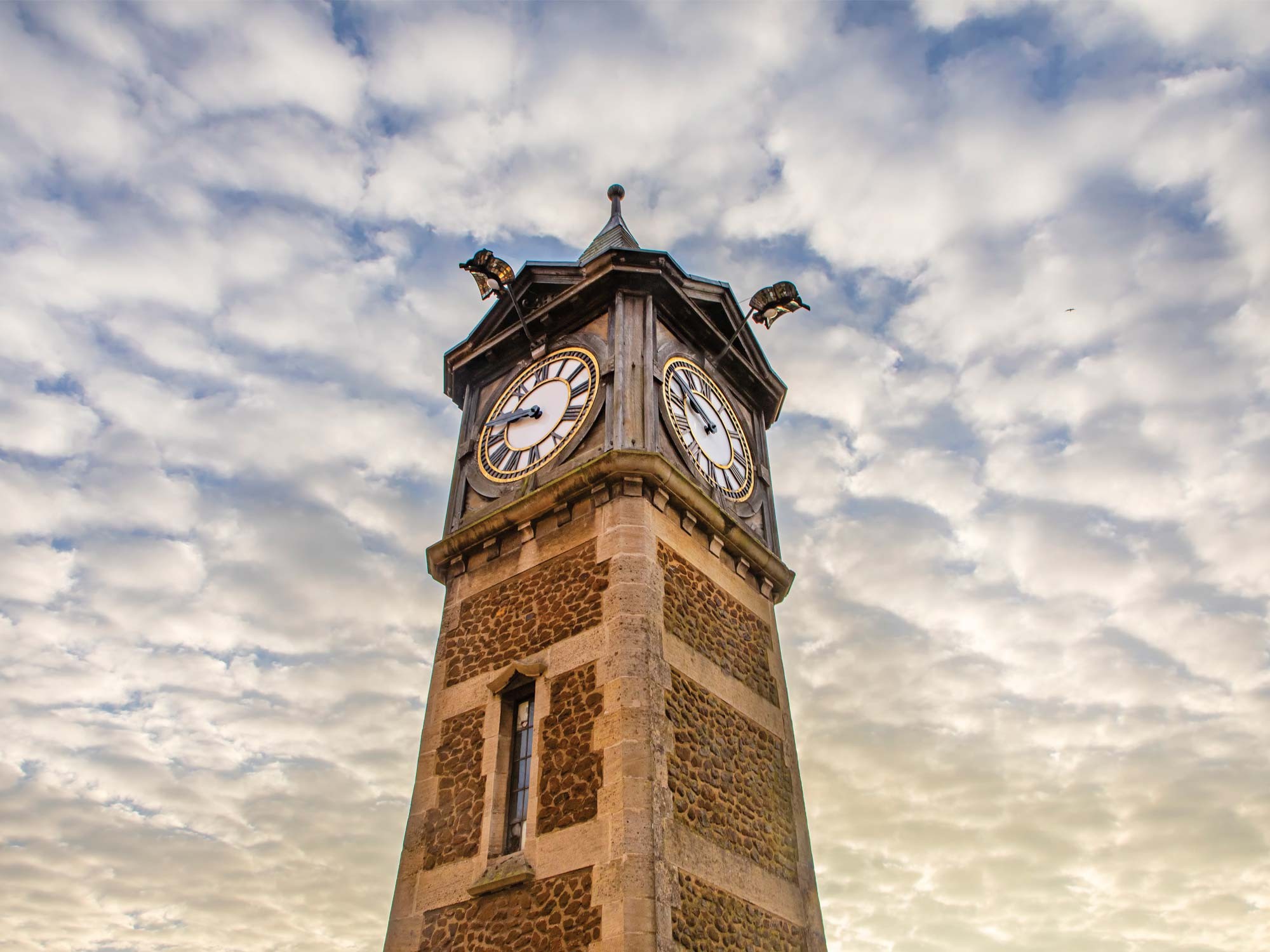
A local landmark telling the time of a lost past
The famous clock at Gaywood in King’s Lynn isn’t just a quaint decorative element from the start of the 20th century - it’s a lasting memorial to the local people who gave their lives serving their country
Thousands of people walk and drive past the decorative clock at Gaywood in King’s Lynn every day, but few know of its fascinating history - or realise that it used to stand on the other side of the road.
For the best part of 70 years the distinctive structure stood at the triple junction of the town’s Lynn Road, Wootton Road and Gayton Road, but it was relocated at the end of the 1980s during works to improve the local road system.
The clock is Grade II listed, but the telling of time has never been its primary purpose. It was originally erected as a war memorial to honour the local people who’d lost their lives during World War One.
It was designed by local architect J.L. Carnell (who would also design the town’s famous Majestic Cinema some seven years later) and was built by the equally-local business Medwell & Sons for £500. The clocks themselves cost a further £200.
“The memorial was designed by local architect J.L. Carnell, who also designed the famous Majestic Cinema in King’s Lynn...”
The memorial was unveiled on Sunday 6th March 1921 by Admiral Sir Reginald Custance, whose own family had strong links to Norfolk, particularly around Weston Longville.
An extra plaque was added later to remember those who fought in World War Two, but it’s the original memorial that’s been more extensively researched.
Virtually none of these Gaywood folk ever came home. Of the 27 names listed over half were buried in France, but others found their final resting places in such diverse countries as Italy, Iraq and Israel.
Every one of them has a fascinating local story to tell. A single example is William Bunfield, who was born in King’s Lynn in 1878, attended All Saints South Lynn National School, living a single life with his parents - and worked for the Great Eastern Railway at the King’s Lynn docks for 24 years before he enlisted in January 1917.
When he embarked for the British Expeditionary Force in France on 17th February 1917 he was 38 years old, and he died in a military hospital in Rouen, France ten days later.
One of the most interesting names on the original memorial and the only person on it to be buried in Norfolk is also the only woman listed. Gladys Cobb worked in Queen Mary’s Army Auxiliary Corps (attached to the Royal Engineers) and she died during the devastating flu epidemic at the end of the war on 12th February 1919. She was honoured with a full military funeral and is buried in Gayton Road cemetery.
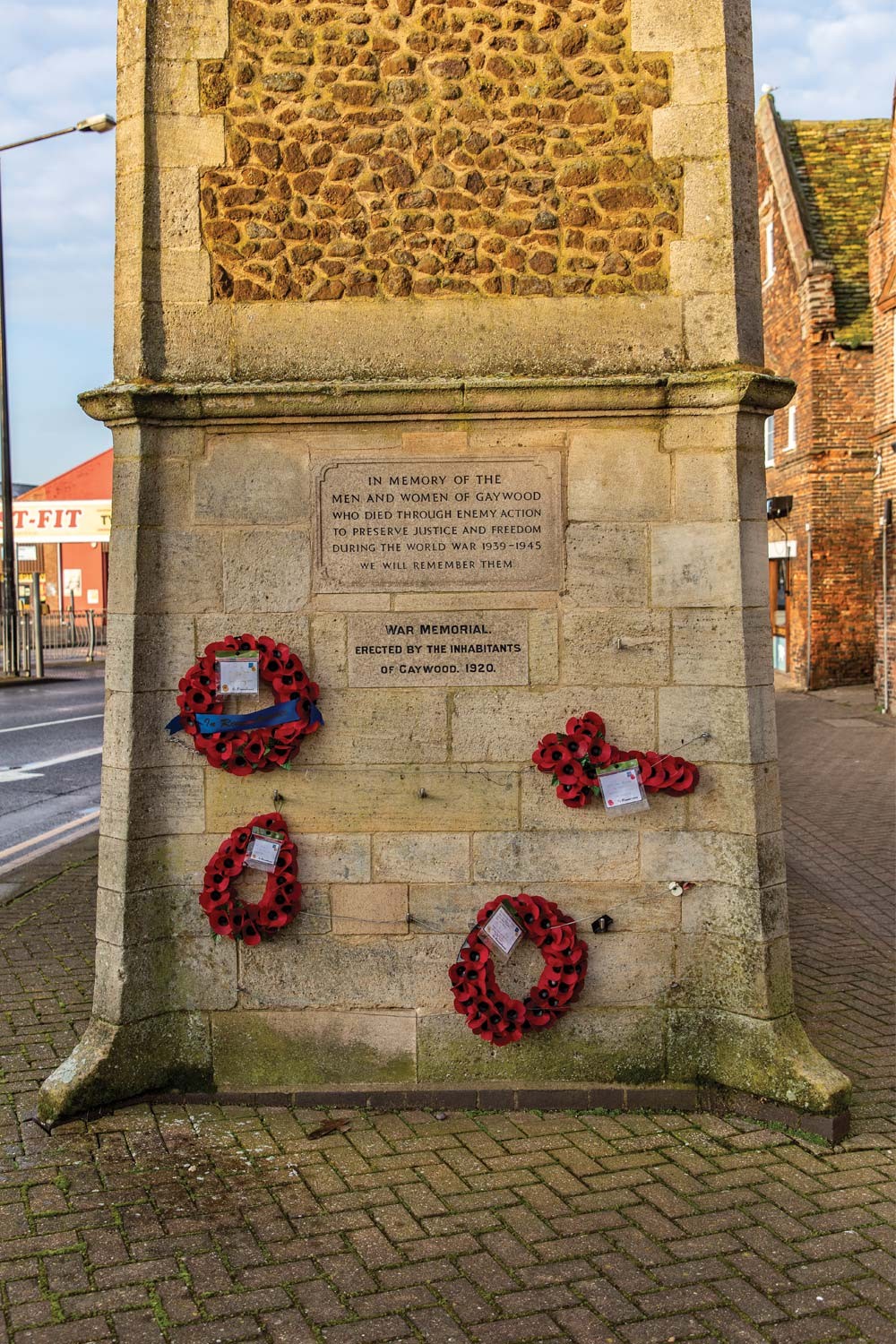
Her inscription is particularly poignant as it appears alongside her brother Harry. Her brother William served in the forces and survived the war, while her youngest brother Charlie was sent back from the front lines when he was found to be under age.
This rather humble stone and terracotta brickwork memorial with its wooden roof and four lamplit faces may not be the most iconic building in the area, but it’s certainly one of the most attractive - and its story is one of the most important.
